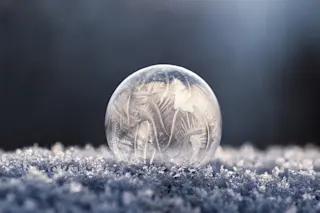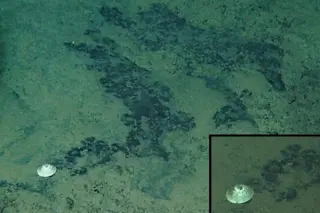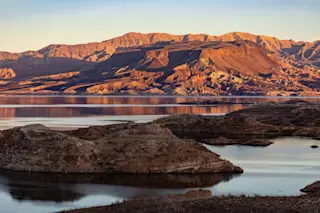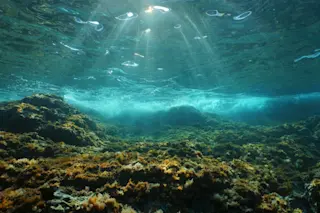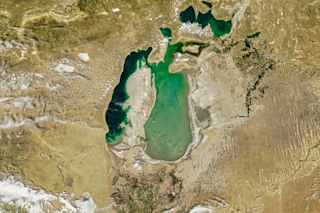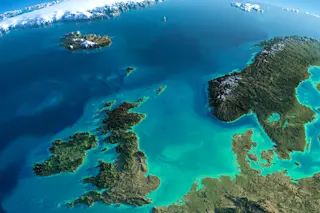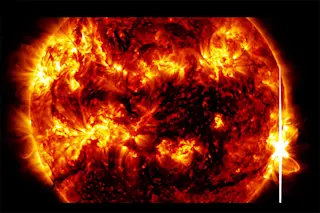We typically encounter ice as cubes floating in a glass of something nice to drink. But more than just a party staple, ice is a significant part of our planet and the universe — a fundamental substance that deeply affects us, and may even be connected to the origins of life. Talk about refreshing!
Americans love ice. We make desserts out of it, put it in drinks and expect motels to provide it by the bucketful. But before ice-making technology, it was a precious commodity laboriously harvested from nature. In the early 19th century, American entrepreneur Frederic Tudor began shipping ice cut from New England ponds to warm climates like the West Indies. He eventually became the “Ice King,” selling thousands of tons of ice throughout the U.S. for iceboxes, which preserved food.
Workers harvest ice from a frozen lake in the northern U.S. in the 1930s. (Credit: Keystone-France/Gamma-Rapho/Getty Images)
...


